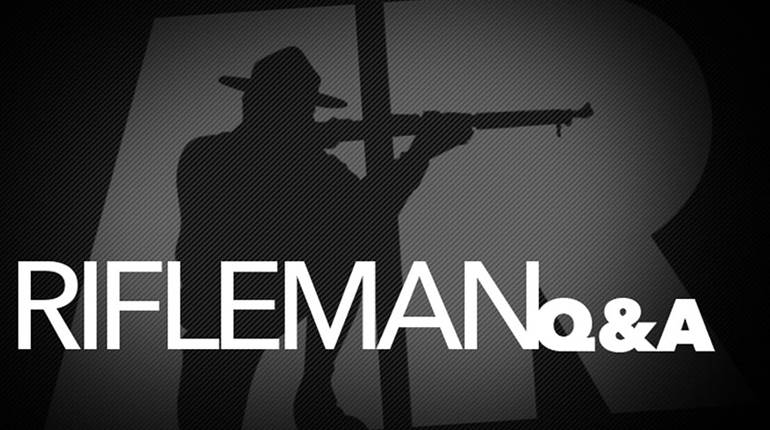
Q: I recently purchased a Remington Model 51 from a friend’s estate. Unfortunately, he never gave me any background info on this pistol, and his wife knew nothing about it. There is an anchor-shaped insignia stamped on the right front side of the trigger guard as well as on the bottom of the grip behind the magazine well. Stamped on the magazine is “.380 ACP” and on the bottom an insignia that looks like “TT.”
Could you provide a manufacture date and maybe any history that may be available?
A: The Model 51 was a pocket pistol designed by John D. Pedersen, who is more famous for the U.S. Army’s Pedersen Device for the Model 1903 rifle and his competition with John Garand in developing the replacement for the Model 1903. Pedersen had already worked with Remington on other arms, and had actually begun work on the Model 51 prior to World War I, however, he didn’t complete that design until 1919. The .380 ACP-chambered pistol was put into production that year with the first being completed in September.
The pistol was very well made but expensive at $36.30 each. Its design was actually ahead of its time. It was promoted as being “self-aiming” due to its advanced approach to ergonomics and its “hesitation lock” mechanism that lessened recoil and allowed a lighter slide to be used. But its complexity meant high production costs, and competition for the pocket pistol market was fierce. Price reductions and the introduction of a .32 ACP version in 1921 did not lead to commercial success, and the pistol was discontinued in 1926. Only 64,796 pistols were made during its seven years of production.
No government agency is known to have adopted the design for official use, although a few may have been purchased less formally. The anchor mark you mentioned has led some to believe they were U.S. Navy arms, but the mark appears to be only a factory proof, inspection or assembly mark, as were marks such as the “TT” that you described.
—Charles W. Pate





































